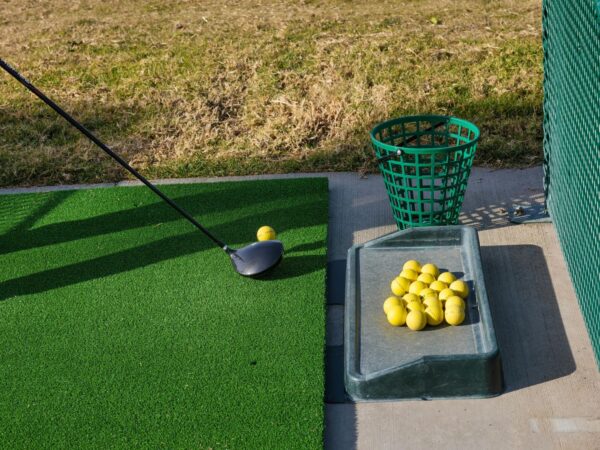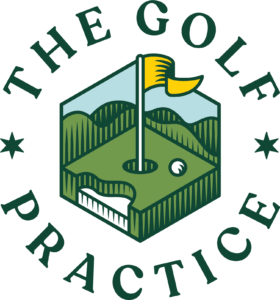
Golf improvement requires consistent practice, but determining the right frequency can make the difference between steady progress and frustrating plateaus. Whether you’re a weekend warrior or aspiring professional, understanding optimal practice schedules will accelerate your development and lower your scores faster than sporadic, intensive sessions.
The Science Behind Golf Practice Frequency
Research in motor learning shows that distributed practice sessions produce better long-term retention than massed practice. Golfers who practice three times per week for one hour each session typically see more improvement than those practicing once weekly for three hours. This phenomenon, called the spacing effect, allows your brain and muscles to consolidate new movement patterns between sessions.
Neuroplasticity studies indicate that golf skills develop most effectively when practice occurs every 48-72 hours. This timeframe allows muscle memory to strengthen while preventing the decay that happens with longer gaps between sessions. Professional golf instructors consistently observe that students practicing 2-3 times weekly progress faster than those with irregular schedules.
Beginner Practice Schedule: Building Your Foundation
New golfers should focus on frequency over duration to establish proper fundamentals. Here’s an optimal beginner practice framework:
- Practice 2-3 times per week for 45-60 minutes each session, focusing on basic swing mechanics and short game skills
- Dedicate 20 minutes to putting during each practice session, as this area offers the quickest score improvement
- Spend 15 minutes on chipping and pitching to build confidence around the greens
- Allocate 20-25 minutes to full swing practice with focus on tempo and contact rather than distance
- Take one complete rest day between sessions to allow muscle memory consolidation and prevent burnout
Beginners often make faster progress practicing shorter, more frequent sessions rather than marathon practice days that can introduce bad habits through fatigue.
Intermediate to Advanced Practice Routines
As your skills develop, practice frequency should increase while maintaining quality focus. Intermediate golfers (10-20 handicap) benefit from practicing 3-4 times weekly, with each session lasting 60-90 minutes. Advanced players often practice 4-5 times per week, incorporating both technical work and course simulation.
Intermediate players should alternate between technical sessions focusing on swing changes and performance sessions that simulate on-course situations. Advanced golfers require more frequent practice to maintain muscle memory for complex shots and course management skills. The key is balancing skill maintenance with continued improvement in weaker areas.
Tournament-level players often practice daily during peak season, but recreational golfers can achieve significant improvement with 3-4 quality sessions weekly. The most important factor is consistency rather than total hours spent practicing.
Quality vs Quantity in Golf Practice
Focused practice sessions always outperform mindless repetition. Spending 45 minutes with specific goals and feedback produces better results than two hours of unfocused ball-striking. Quality practice includes pre-shot routines, target selection, and immediate feedback analysis after each shot.
Mental engagement during practice sessions dramatically improves skill transfer to the golf course. Players who practice with intention, visualizing course situations and pressure scenarios, perform better in actual rounds than those who simply hit balls without purpose.
Effective practice incorporates variability – changing targets, clubs, and shot types frequently rather than hitting the same shot repeatedly. This approach better prepares golfers for the diverse challenges they’ll face during actual rounds.
Indoor Golf Training Benefits
Indoor golf facilities provide year-round practice opportunities that maintain and improve skills regardless of weather conditions. Modern indoor training environments offer several advantages:
- Consistent practice conditions eliminate weather variables that can interfere with skill development and muscle memory
- Advanced technology and video analysis provide immediate feedback on swing mechanics and ball flight patterns
- Climate-controlled environments allow focused practice sessions without temperature, wind, or lighting distractions
- Professional instruction availability ensures proper technique development and prevents the reinforcement of poor habits
- Flexible scheduling options accommodate busy lifestyles and maintain practice frequency during off-seasons
At The Golf Practice, with locations in Highland Park and Lisle in the Chicagoland area, golfers can maintain consistent practice schedules throughout the year. Indoor training facilities allow golfers to work on specific aspects of their game with precision and focus that outdoor ranges sometimes cannot provide.
Common Practice Mistakes to Avoid
Many golfers sabotage their improvement by practicing incorrectly. Hitting balls without specific targets develops poor alignment and shot-making skills. Practicing only comfortable shots rather than challenging weaknesses limits overall game development.
Overemphasis on driving range sessions while neglecting short game practice leads to imbalanced skill development. Statistics show that 65% of shots in a typical round occur within 100 yards of the pin, yet most golfers spend 80% of practice time on full swings.
Practicing when fatigued often reinforces poor mechanics and can lead to injury. Quality deteriorates significantly after 60-90 minutes of intensive practice, making shorter, more frequent sessions more productive than marathon practice days.
Creating Your Personal Practice Plan
Successful golf improvement requires a structured practice plan tailored to your current skill level, available time, and specific goals. Begin by honestly assessing your strengths and weaknesses through on-course performance tracking or professional evaluation.
Design weekly practice schedules that address your weakest areas while maintaining existing strengths. Allocate practice time proportionally to where you lose the most strokes during rounds. If putting accounts for 40% of your strokes, it should receive 40% of your practice attention.
Schedule practice sessions at consistent times to build routine and ensure frequency. Treat practice appointments as seriously as business meetings – consistency drives improvement more than sporadic intensive efforts.
Ready to develop a practice routine that delivers real results? Visit The Golf Practice to work with experienced instructors who can design a personalized training plan that fits your schedule and accelerates your improvement on the course.





